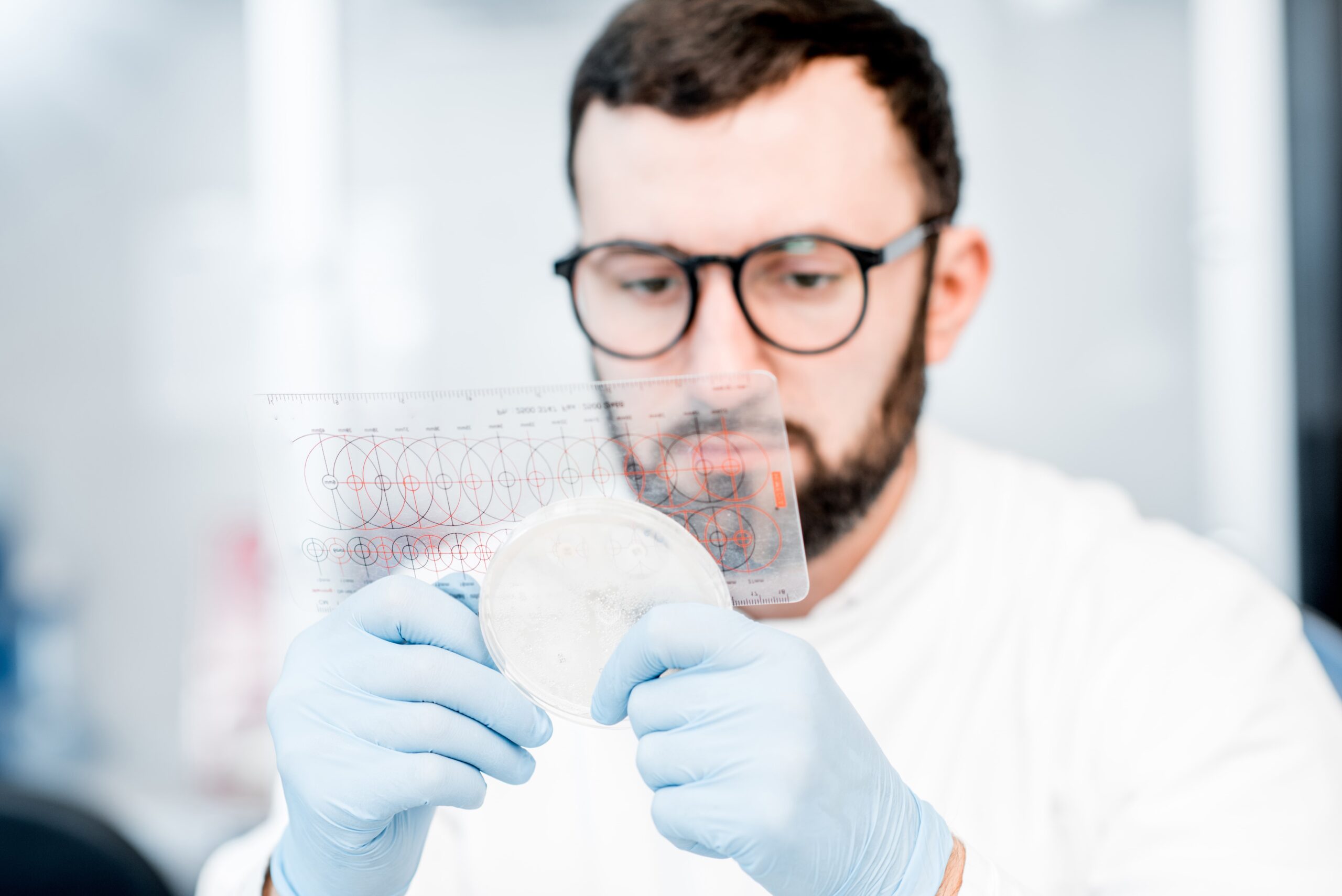
In the intricate symphony that is the human body, there exists a fascinating orchestra of molecules and proteins. Among these, autoantigens play a crucial role, serving as the silent alarms that reveal vital insights into our health. In this article, we will delve into the world of autoantigens and explore how cutting-edge technology like protein microarrays is revolutionizing our understanding of these biomolecules.
What Exactly Are Autoantigens?
Autoantigens are proteins or other molecules that stimulate the immune system. Autoantigens, unlike exogenous invaders such as bacteria or viruses, are components of our own cells or tissues. In a healthy individual, the immune system recognizes self-antigens as ‘friendly’ and does not launch an attack against them. However, autoimmune diseases can develop when the immune system misidentifies these self-antigens as hazards.
Function of Autoantibodies
Autoimmune diseases, such as rheumatoid arthritis, lupus, and multiple sclerosis, are caused by the immune system’s production of autoantibodies that target particular autoantigens. These autoantibodies can result in inflammation, tissue injury, and a variety of incapacitating symptoms. Understanding the function of autoantibodies and identifying their target autoantigens are essential for the accurate diagnosis and management of autoimmune diseases.
Unraveling the Mystery with Protein Microarrays
Traditional techniques for identifying autoantigens required considerable time and effort. However, the introduction of protein microarrays has completely transformed this discipline. Protein microarrays are formidable instruments that enable researchers to analyze thousands of proteins, including potential autoantigens, in a single experiment.
How Protein Microarrays Work
Protein microarrays consist of thousands of microscopic patches, each of which contains a distinct protein. When the blood serum of a patient, which may contain autoantibodies, is exposed to the microarray, it binds to the specific proteins that match its target autoantigens. This binding interaction can then be detected and analyzed, yielding valuable information regarding the autoantigens that are triggering the immune response.
Advantages of Protein Microarrays
Protein microarrays offer several advantages over traditional methods:
High Throughput: They can screen a large number of proteins simultaneously, accelerating the discovery process.
Precision: Protein microarrays enable the identification of specific autoantigens, allowing for more targeted treatments.
Early Detection: They can detect autoantibodies even before clinical symptoms manifest, enabling early intervention.
Personalized Medicine: By identifying individual autoantigens, treatment plans can be tailored to each patient’s unique profile.
Applications in Autoimmune Disease Research
Protein microarrays have opened new avenues in autoimmune disease research:
Biomarker Discovery
The development of biomarkers may result from the identification of autoantigens associated with particular autoimmune diseases. Biomarkers are essential for early disease detection, disease progression monitoring, and treatment efficacy evaluation.
Pharmaceutical Development
Understanding the autoantigens implicated in autoimmune diseases can facilitate the creation of targeted therapies. By neutralising the specific autoantigens that initiate the immune response, researchers may be able to halt the progression of the disease.
Individualized Treatment
With the ability to identify specific autoantigens, customized treatment regimens can be formulated. This strategy has the potential to yield more effective, individualized treatments with fewer adverse effects.
Difficulties and Future Course
Although protein microarrays have tremendous potential, there are obstacles to surmount. The enormous variety of autoantigens and their interactions represent a significant obstacle. Additionally, it can be difficult to interpret the data generated by these arrays.
Future advancements in artificial intelligence and machine learning may aid in the analysis of the enormous quantities of data generated by protein microarrays. This could contribute to a more accurate and efficient identification of autoantigens and the creation of novel treatments.
Conclusion
Autoantigens are the enigmatic molecules that, when misidentified, can trigger autoimmune diseases. Protein microarrays have emerged as a game-changing technology, shedding light on these silent alarms within our bodies. With their ability to detect autoantigens and autoantibodies with precision, protein microarrays offer hope for early diagnosis, personalized treatment, and the development of targeted therapies. As science continues to unravel the mysteries of autoantigens, we move closer to a future where autoimmune diseases are better understood and effectively managed.
